A useful guide
13 types of websites SMEs can use to build their business
Web design | 10 min read
Just like housecleaning or laundry, your website is never “Done.” The type of website and capabilities may be different than you expect.
Younger digital natives call it a “pivot” when you need to be adaptable and shift your business focus. Singapore’s restaurant owners and medical supply companies had to pivot to manage pandemic response, so the new goal for companies is “Resilience.”
So, it makes sense to think of your website design as an ongoing project, not just a one-time event.
To be ready and flexible, consider different resources you might want as your website evolves. Factor in a step-by-step, growth plan and the design prices or estimates, for data gathering, cloud storage, real-time analytics, online services, messaging or communication – and the ways these resources can help your company.
We view website design as a work-in-progress. The conversation should include “What if?” as your small business grows, and your needs expand.
Fast-changing “cloud services” allow for rapid expansion and flexibility in websites that provide information, enable transactions, create community, spark conversation, share photos and videos, and more.
Website applications and tools that were expensive just a few years ago can now be added as on-call subscription services only when you need them. In this helpful guide, explore different types of websites and find advice on evaluating their purpose and potential.
Choose the kinds of websites your business needs
By selecting the specific types of website your business has already and wants to add or change, you help web design professionals to quickly identify the job those pages do.
A goal-oriented web strategy helps each partner understand the “Why” for your project and what to expect.
Here are 13 options:
- Blog or informational website
- Business website
- Brochure, catalogue, or product listing website
- Portfolio website
- Landing page
- E-commerce website
- Deal website and limited-offer page
- Event website
- Booking or reservation website
- Business listing or business directory website
- Membership website
- Social or social media website
- Online forum, discussion, Q&A, and community website
Blog/informational website
As personal as a diary or a daily business journal with posting photos or videos – a blog site can be simple for quick ready or thorough and technically complete depending on your industry.
Shortened from the phrase “web log,” a blog is a great way to quickly post company news, changes in schedule if weather or illness changes your company’s offerings like a new type of merchandise, update a menu, or quickly add or remove special sales.
Examples of blog or informational websites
Business website
Some companies use a basic website with a few pages to introduce the company, products or services, and official information – and create an online presence.
One place for employees, customers, and managers to post personal business details (how they feel about merchandise or a favorite customer story) as the company grows is via a connected blog.
Persistent links from a blog and business website help increase visibility – visitor traffic – and even generate income as a referring source of click-through readers.
What does your business need? That’s next.
Examples of business websites
Brochure/catalogue/product listing website
For companies that sell merchandise or offer different services, a multi-page website can help to display different options, and prices or packages while also telling the owners which are most popular online.
If a good/better/best set of 3 images of storage boxes, for instance, is on a website and you see that people are clicking on the “good” (lowest price) option but are not buying it, then perhaps it affects what you stock in-store.
How would this work for your company? Are there different options you want to promote or questions your customers call to ask? Perhaps listing them on a website will free up your staff to do other work while web visitors sort out the choices.
Examples of product listing, catalogue, or brochure websites
Portfolio website
Similar to a brochure is a portfolio, often used by writers, architects, designers, visual artists, or craftspeople to showcase recent work to potential customers.
Adding pages with new projects keeps visitors informed of new or timely work, gallery shows, or recent transactions.
Some real estate agents create portfolio websites, for example, for each house or apartment they offer to create a unique web identity instead of just a listing sheet.
Examples of portfolio websites
Landing page
A landing page is an individual, self-contained, and single-focus web page specifically created for a marketing campaign. Its key objective is to maximise user engagements or conversions.
Free website builders – Wix, Weebly – make it easy to have fast sites built for campaigns and test different colors, slogans, pricing, or promotions to find the right mix.
Specialist landing page platforms – Leadpages and Instapage – make it easier for small companies to manage advertising campaigns with targeted geographies, different split tests to identify price or package options for buyers.
However, adding a landing page to the website of a business gives it the best chance to be featured by Google for related searches.
Examples of landing pages
E-commerce website
Retailers and manufacturers are finding new ways to sell directly to buyers with some merchandise even while offering other products through retail channels such as Amazon, Lazada, and Shopee.
Having your own “web store” provides another channel for reaching customers and offers a backup plan, for example, if the larger partner changes its merchandise mix or drops your account.
It can be a channel for testing new ideas or products.
Your own e-commerce site also allows for faster responses as inventory or buyer habits tell you, for instance, that people are ordering gaming chairs late at night, and prefer black fabric to blue suede. It can be a source of competitive intelligence about your target audience – showing the items shoppers click, and which ones they purchase.
Examples of e-commerce websites
Deal website and limited-offer page
Time-limited websites spur action as retailers use specialised sites to offer a deals section for members versus the general public.
Some deals may include a limited-time countdown clock or change each day or as merchandise sell-through requires. Other merchants use these sites to offer sale prices that lure buyers, others reward members or returning buyers with discounts, shipping deals, or special access to excess stocks.
These can extend to mobile devices as well as app builders or software-as-a-service (SaaS) developers offering lifetime deals for new software products on websites like AppSumo to generate revenue – and determine popularity – all while in early development stages.
Examples deal websites and limited offer pages
Event website
Increasingly, date-specific sites are designed to create awareness, invite people – or promise exclusivity – and show what visitors should expect.
Personal websites for weddings or reunion gatherings, corporate events such as annual conferences, team-building retreats, or even a limited-time sale for a retailer are other ways that small companies look big and create an online splash.
Examples of event websites
Booking/reservation website
Much like e-commerce sites, online bookings offer direct sales or may be done through a platform provider, such as Eventbrite, that market and sell event tickets. Restaurants, catering, or other food businesses might choose Chope and eatigo to target diners and delivery orders.
The reasons vary from testing new offerings or discounts to the fees and expenses required. A direct page that you control helps to attract new customers and reward return visits or to fill capacity during non-peak hours.
Showing your availability – perhaps for a hair salon, veterinary office, or auto repair garage – helps to encourage customers to self-select their preferred times or services and tell you, in advance, what they require. That allows you to better prepare with staffing or purchasing for a week ahead instead of being surprised.
Examples of book or reservation websites
Business listing/business directory website
You might not start one of these resources but you will want to be sure your company is listed on popular sites as part of a search engine strategy. Some of these are global companies, but also are hyper-local with communities of your neighbors contributing updates.
Think about what organisations or associations your business benefits from joining and how a listing might help.
Explore Hotfrog, Yellow Pages to ensure that address, telephone, or web contact information is correct. Google Business Profile (formerly Google My Business) is a business listing that gets local businesses found on Google Search and Maps.
Also, there are niche listing sites with reviews, such as Clutch. Explore industry-specific listings such as Yelp for retail businesses, Houzz for renovation contractors, home decorators, and the companies that supply those needs.
Examples of business listing or business directory websites
Membership website
Reward your most loyal customers with a membership benefit that is an incentive to repeat purchases, join a newsletter community, or get faster access to new offers across a range of business types.
These programmes can motivate returning buyers and open up possibilities for special events, training courses, ongoing exclusive deals website.
Also, they provide chances for communicating special, members-only deals or unearthing incremental new revenue, selling courses, via Thinkific, Teachable to create and sell educational content on better ways of using your products or services.
Loyalty incentives for spending levels, return visits, additional purchases are easy and cost-effective using tools such as Poket.
Examples of membership websites
When your customers and prospects are online all the time – and they surely are – a social media website makes a difference quickly via Twitter, LinkedIn, Facebook, Instagram (especially for visual companies such as bakeries or painters).
A company listing and personal updates or photos can draw informal replies and interactions through a Facebook Page, Facebook groups to build a following, Facebook Live to engage prospects and sell stuff.
Instagram and Snapchat are keys to reaching younger, on-the-go audiences and finding influencers to share your message.
Online forum, discussion, Q&A, and community website
Could your customers, partners, neighbours, or even total strangers come together on a website designed to ask, and answer, questions about business, a local neighborhood issue, exchange goods and services or just local information? That might be possible on a simple blog but there are now searchable and easy templates for building deeper interaction online.
Communities come in all shapes and sizes, from global platforms (such as Reddit or Quora) to hyper-local and screened or secured options such as NextDoor, which encourages neighbors to interact online.
Sites such as Thinkpads.com attract IBM and Lenovo computer enthusiasts worldwide. Local Singapore entry HardwareZone, is a resource that brings people together, build brand, and market their products and services.
Examples of discussion, Q&A, community, and forum websites
Questions to ask about your websites
Keep in mind that any websites you design or build have to be maintained. It’s a bad image for your company to have information online that is several years old or inaccurate when people go looking for your business.
Think about ways you can add value to your prospective clients while reducing your costs for customer service or staffing with online resources for:
- Self-service ordering and purchase;
- Pre-purchase research that enables your prospects to be better informed when they call or visit (for example, measuring for window blinds or telling you what model of the car they need repaired); and
- Answering the most frequent questions or posting photos and videos from satisfied customers or encouraging positive reviews that help with a buyer’s decision.
What does your current budget and staff and technology platform support? If you choose to add another type of website to the current system. Are your current websites updated for security and other vulnerabilities?
Are any added or new systems interoperable so data flows from one site easily to another? If not, the complexity might create trouble for your company rather than streamlining operations.
Developing a website based on a proper process would provide you answers to crucial questions before adding new capacity.
Key takeaways
- When exploring website capabilities, consider a second “wish list” of future operational wants or needs. Then refer back to that list as you build sites to see if updates have the correct structure to support growth, change, and new opportunities.
- Not every web feature has to be on your site. Consider linking to partners, or standalone pages, to test new sales channels or referral networks. Successful tests may be part of a future web roadmap.
David Wallace
Content strategy & creation
Contributed to Wired, Reuters, The New York Times and Philadelphia Inquirer as reporter/editor for 15 years. Adjunct news reporting instructor at Emerson College, then Boston University in US.
Worth $225, yours for free
Get free service to structure your business website
Hurry! We can only take 10 free requests a month.
It’s important visitors to your website are able to easily navigate around your site to find the information they’re seeking. Otherwise, they’ll leave in an instant.
Building business website structures that enhance user experience is our forte.
Fill in the form below. After learning more about your business and the industry you’re in, we’ll email you our recommended menu structure in the form of a chart – free of charge.
It’s OK to hand this blueprint for success over to your web development company even if it’s not us. We’re glad to be able to add value to your business nevertheless.
Yes, I want the free website structuring service!
Hi, I’m Annie!
If you wish to speak with a person at Emerge mLab, just tap the call or WhatsApp button – I’d likely be the one picking up your call.
Otherwise, go to our “Contact Us” page to reach us in other ways.
Monday-Friday: 9 a.m.-6 p.m.
Emerge mLab
Equips businesses with powerful online lead generation capabilities
Web design guides
How to create a DIY business website that impresses your customers
Why your business’ website has become even more important than you think
Revealed: 6 of the best website design companies in Singapore for small businesses
Ultimate guide to website design prices for SMEs in Singapore



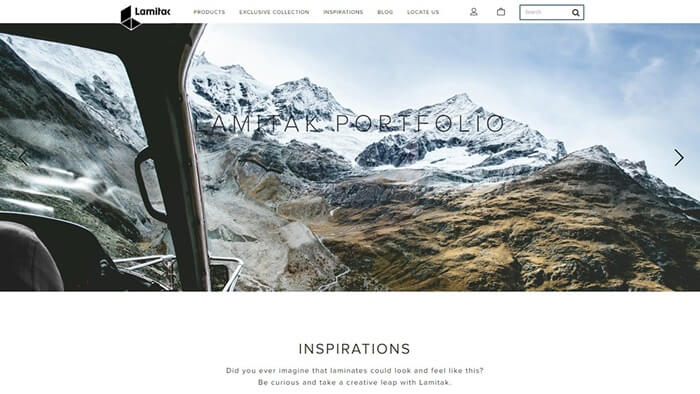






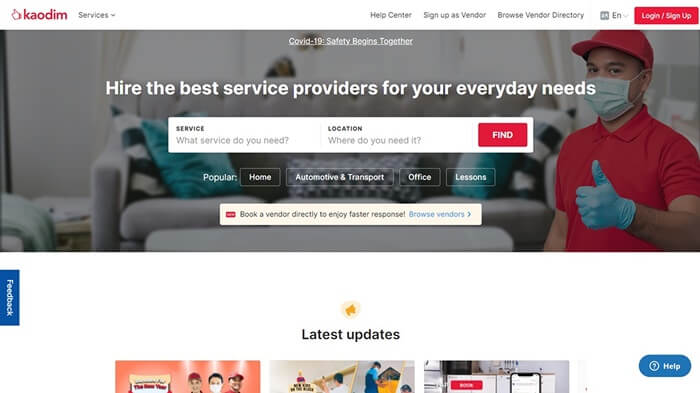
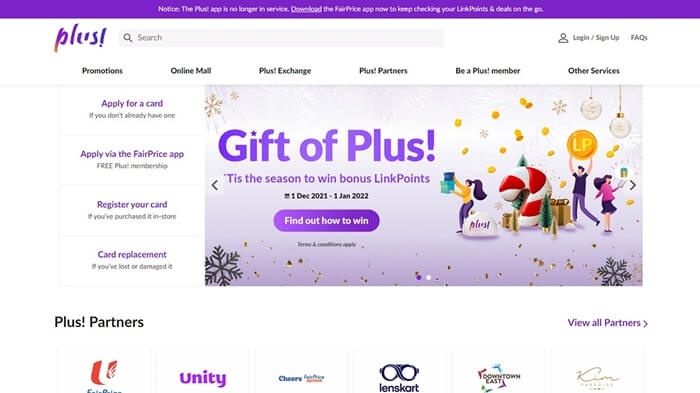
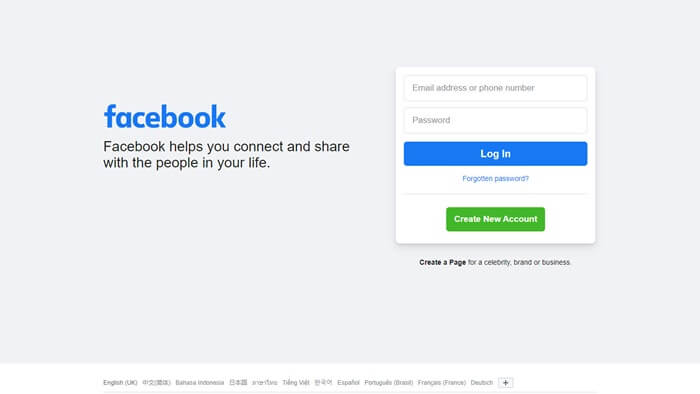
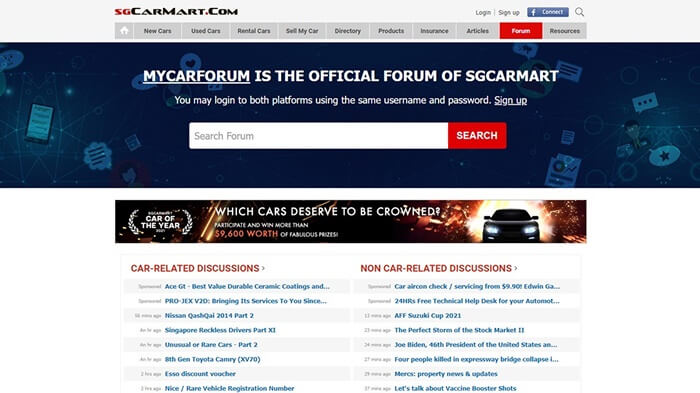

Social media websites